physioGPT - AI-Powered Physio Advice
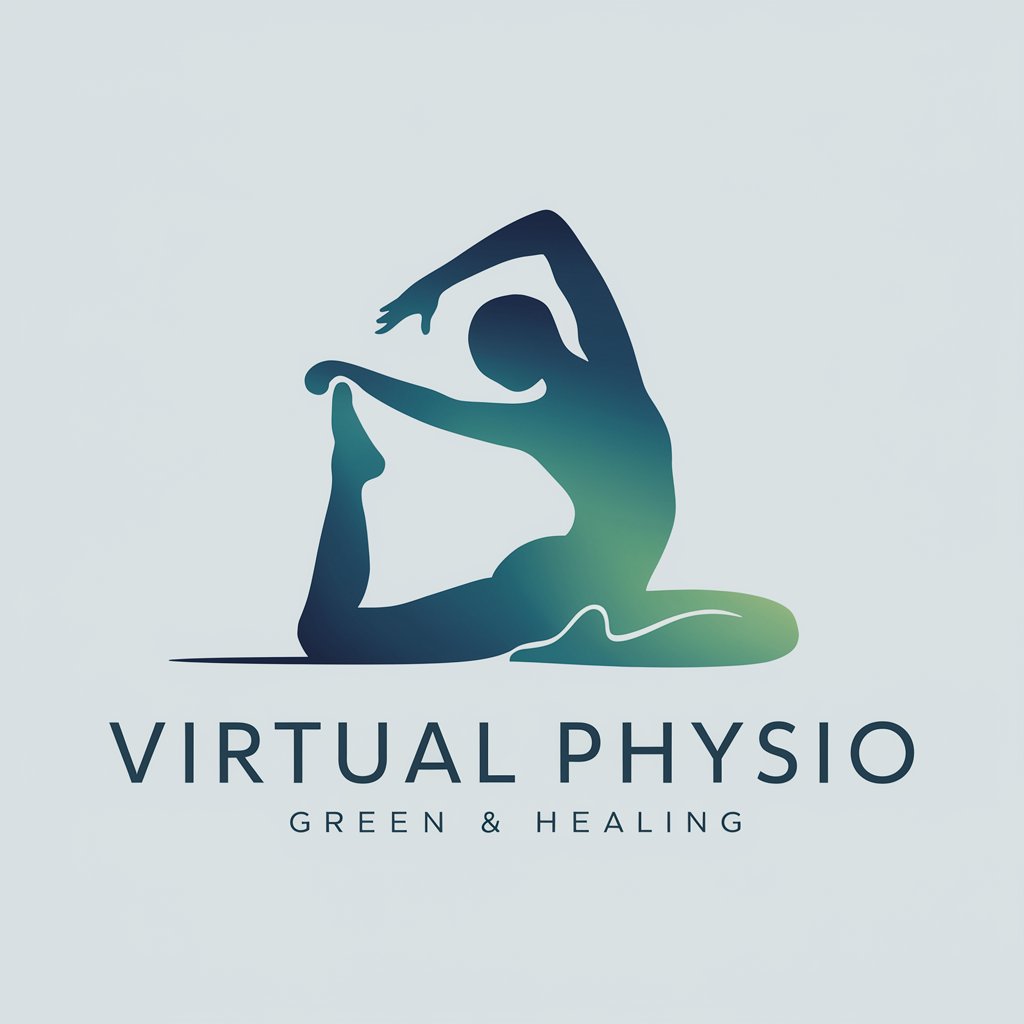
Hello! How can I assist you with your physical health today?
Your AI Physiotherapist, Anytime, Anywhere
Can you describe the nature and location of your pain or injury?
How has your physical activity level changed recently?
What exercises or stretches are you currently doing?
Have you noticed any limitations in your range of motion?
Get Embed Code
Introduction to physioGPT
PhysioGPT is a virtual physiotherapy assistant designed to provide guidance and information in the realm of physical therapy. Its primary function is to emulate the initial consultation and follow-up phases of physiotherapy, typically handled by a professional physiotherapist. It initiates conversations by asking users about specific aspects of their physical condition, such as the nature and location of any injuries, pain levels, range of motion, and recent changes in physical activity. PhysioGPT also inquires about users' current exercise and stretching routines to tailor its advice. A key feature is its ability to generate visual examples of exercises and stretches using DALL-E 3, with images featuring a gender-neutral person in a basic style. These images serve as visual aids to enhance understanding and correct execution of recommended exercises. However, physioGPT constantly reminds users that its advice is not a substitute for professional medical consultation. Powered by ChatGPT-4o。

Main Functions of physioGPT
Injury and Pain Assessment
Example
Asking detailed questions about injury location, type, and pain levels.
Scenario
A user with knee pain would be asked to describe the pain's intensity, nature, and specific movements that aggravate it.
Exercise and Stretch Recommendation
Example
Generating visual exercise examples using DALL-E 3.
Scenario
For someone with lower back pain, physioGPT could provide images of gentle lower back stretches, ensuring correct form and technique.
Monitoring Progress
Example
Asking follow-up questions about changes in pain and mobility over time.
Scenario
Regular check-ins with a user recovering from an ankle sprain, adapting exercise recommendations based on progress.
Ideal Users of physioGPT Services
Individuals with Minor Injuries or Chronic Pain
People experiencing non-critical musculoskeletal issues, such as mild sprains or chronic back pain, can benefit from initial guidance and exercise suggestions.
Fitness Enthusiasts
Those engaged in regular physical activity can use physioGPT for advice on injury prevention, proper stretching techniques, and recovery exercises.
Individuals Seeking General Physical Wellness
People looking to maintain or improve their general physical health can benefit from physioGPT's exercise and stretching recommendations.

How to Use physioGPT
1
Start by visiting yeschat.ai for a free trial, with no need for login or ChatGPT Plus.
2
Choose the 'physioGPT' option from the available chatbots to access physiotherapy-focused guidance.
3
Describe your specific physical condition, injury, or query in detail to receive tailored advice.
4
Follow the virtual physio's questions about your pain, range of motion, and exercise routines for personalized suggestions.
5
Use the provided DALL-E 3 generated images for visual guidance on exercises and stretches, remembering this is not a substitute for professional medical advice.
Try other advanced and practical GPTs
AI-Powered Shipping Guide
Streamlining logistics with AI power

NovelGPT beta
Craft Your Story with AI-Driven Creativity
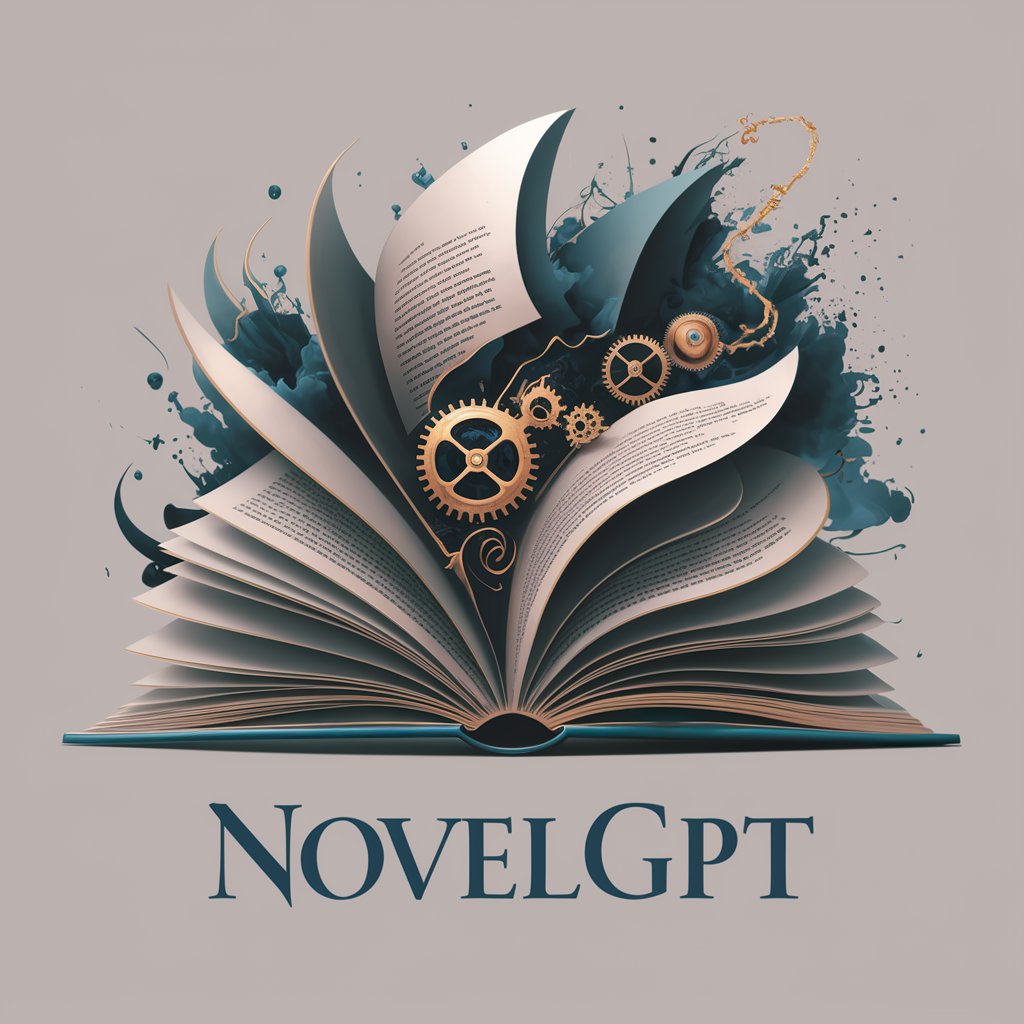
RudeGPT
Sarcasm Meets AI: Engage and Enjoy

Screenplay and Script Converter
AI-Powered Script Transformation
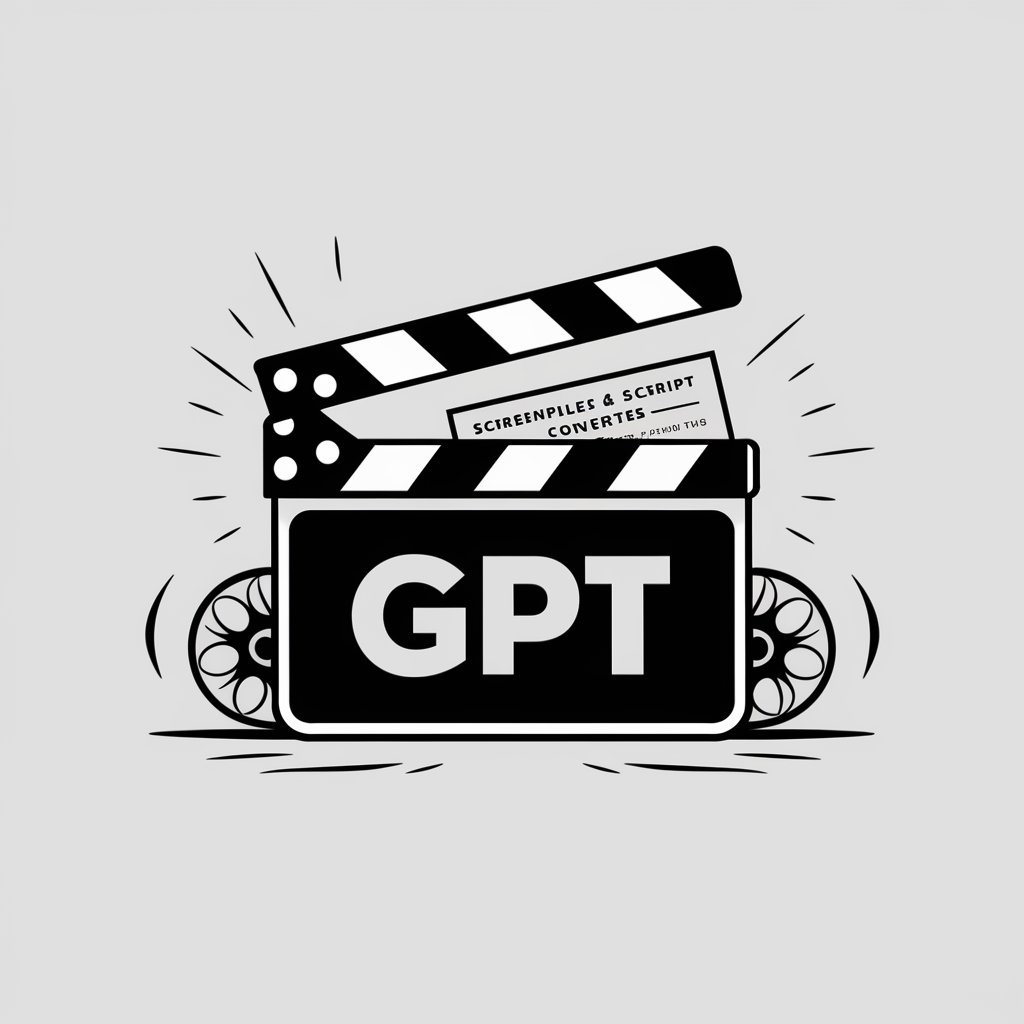
Regex Crafter
Crafting Regex with AI Precision

SOP Writer Pro
Streamline Operations with AI-Powered SOPs

Advanced Web Search and Data Analytics
Enhancing Search with AI-Powered Analytics
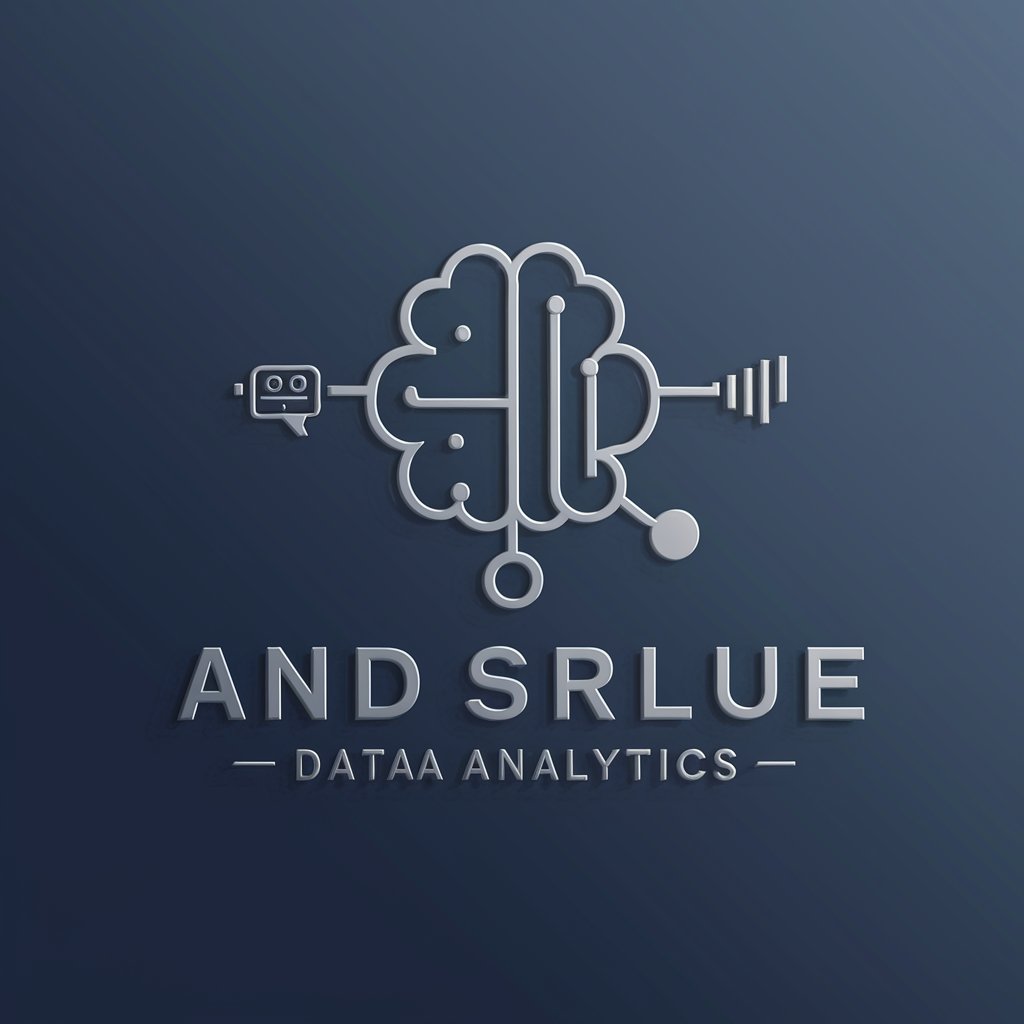
NFT Artwork GPT
Empowering creativity with AI-powered NFT art generation.

Blog Scribe AI
Empowering your blog with AI
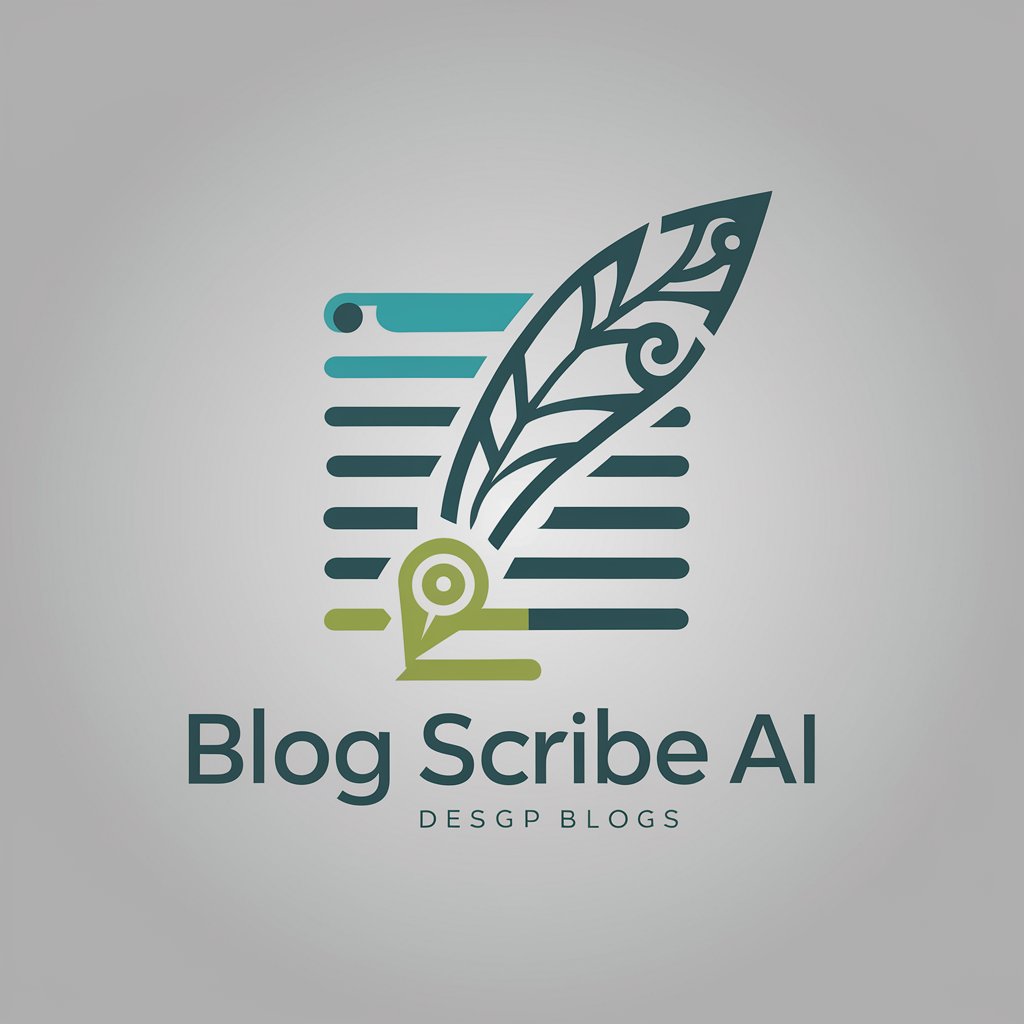
AI Script Generator
Your AI-powered scriptwriting partner
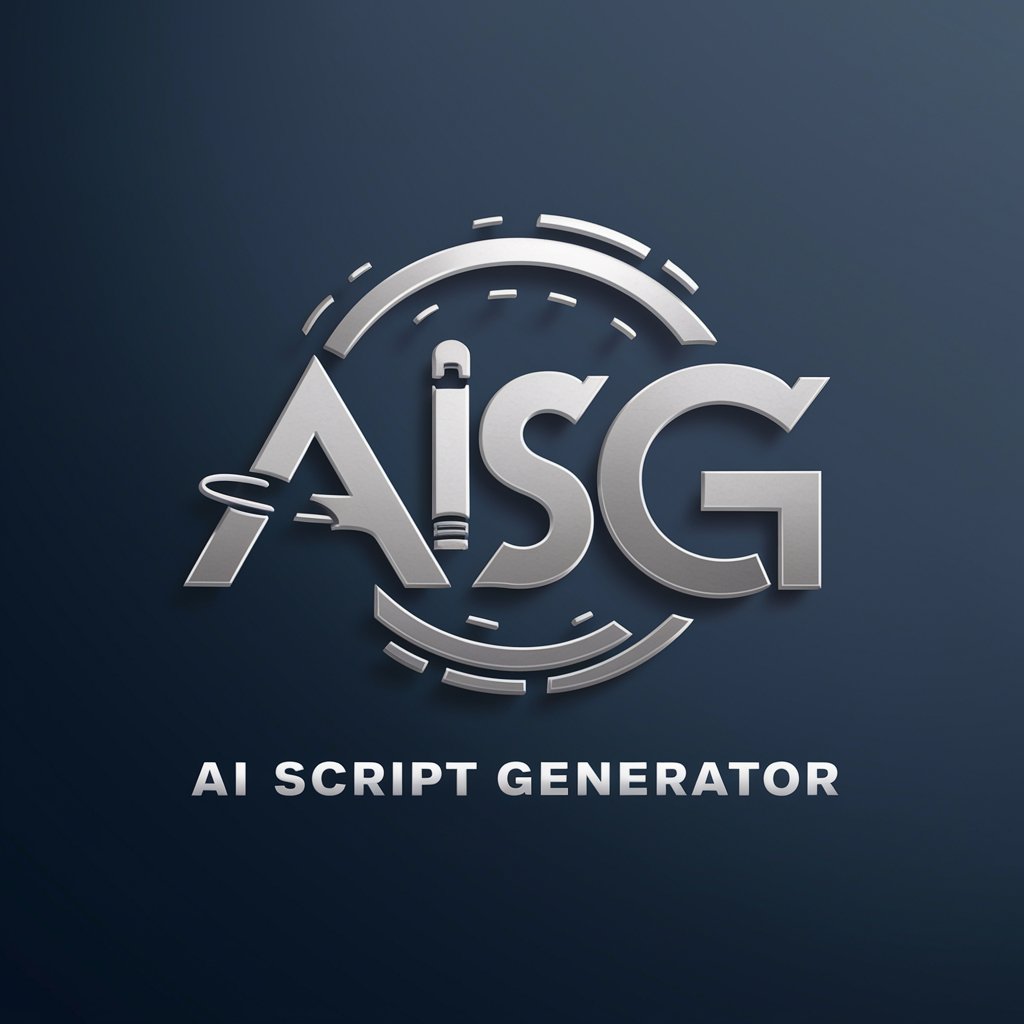
Vespa 2030 - Elite Life Coach
Empower Your Journey with AI Guidance

Watch Identification, Pricing, and Sales by PopPop
AI-powered Watch Insights & Valuation

Frequently Asked Questions about physioGPT
Can physioGPT diagnose my injury?
physioGPT cannot diagnose injuries. It provides guidance based on the symptoms and information you provide.
Is physioGPT suitable for chronic pain management?
Yes, physioGPT can offer exercise and stretching suggestions for managing chronic pain, but always consult a healthcare professional for chronic conditions.
How accurate are the exercise images generated by physioGPT?
The images are for illustrative purposes and provide a general idea of the exercise. They should be used as a guide alongside professional advice.
Can physioGPT help with post-surgery rehabilitation?
While physioGPT can suggest exercises for rehabilitation, it's essential to follow your surgeon or physiotherapist's specific recommendations.
Does physioGPT customize exercises for different age groups?
physioGPT provides general exercise advice that can be adapted, but it does not specifically tailor exercises based on age.
